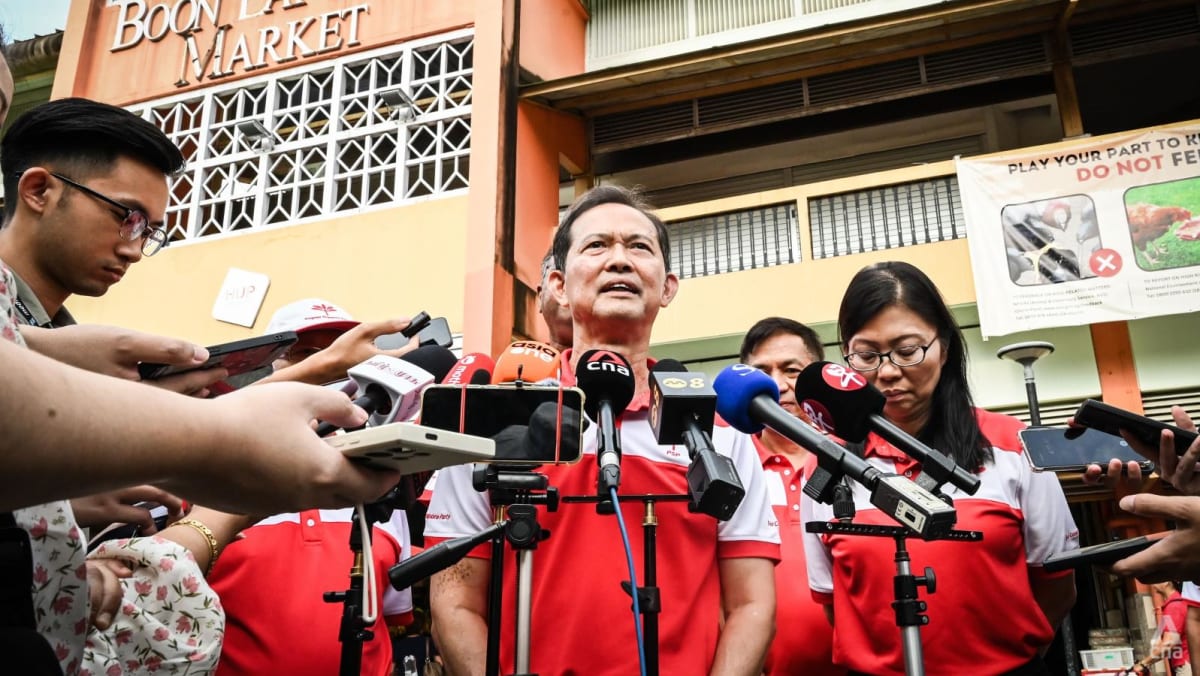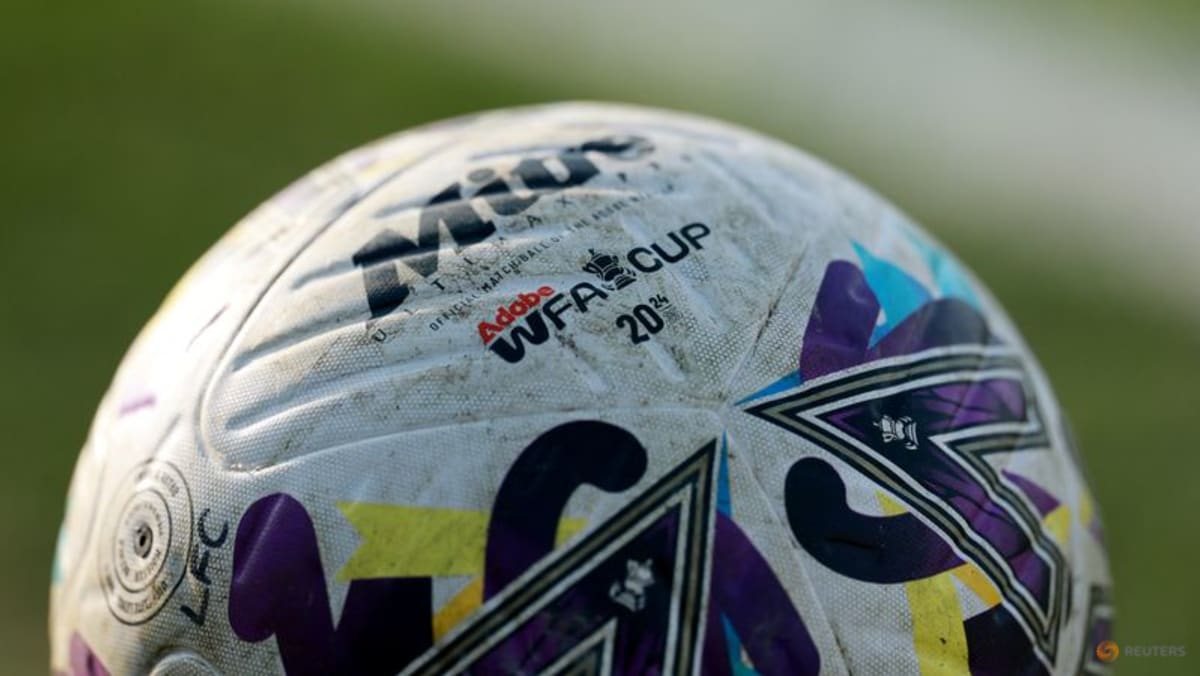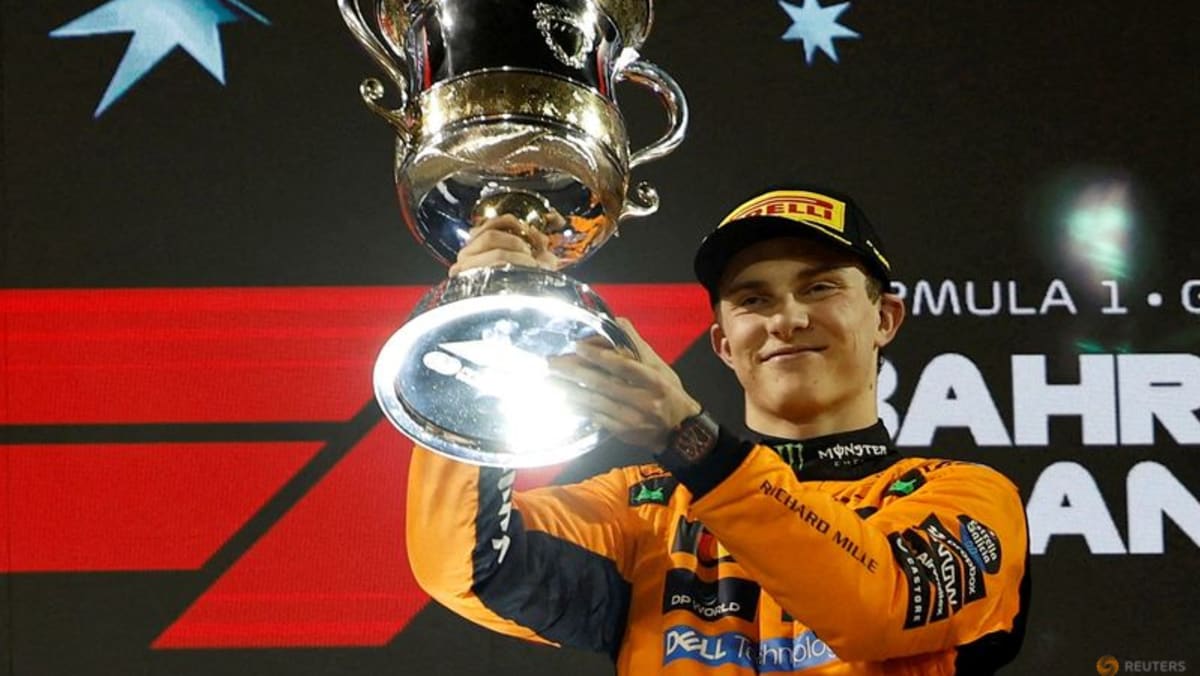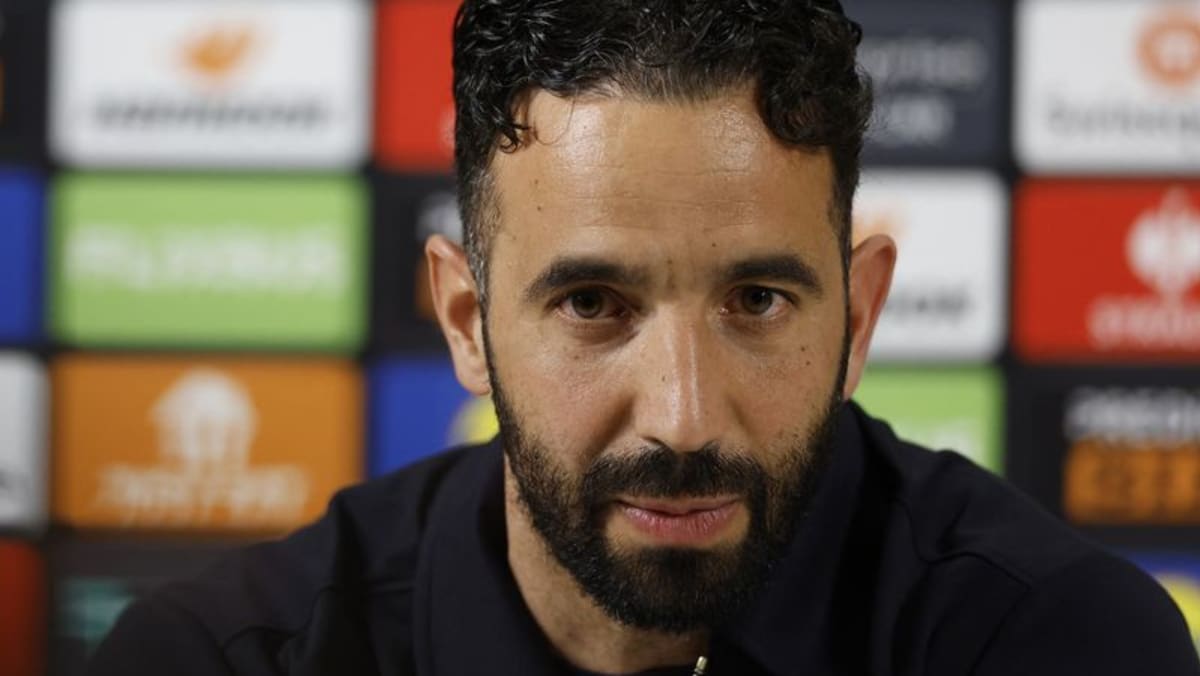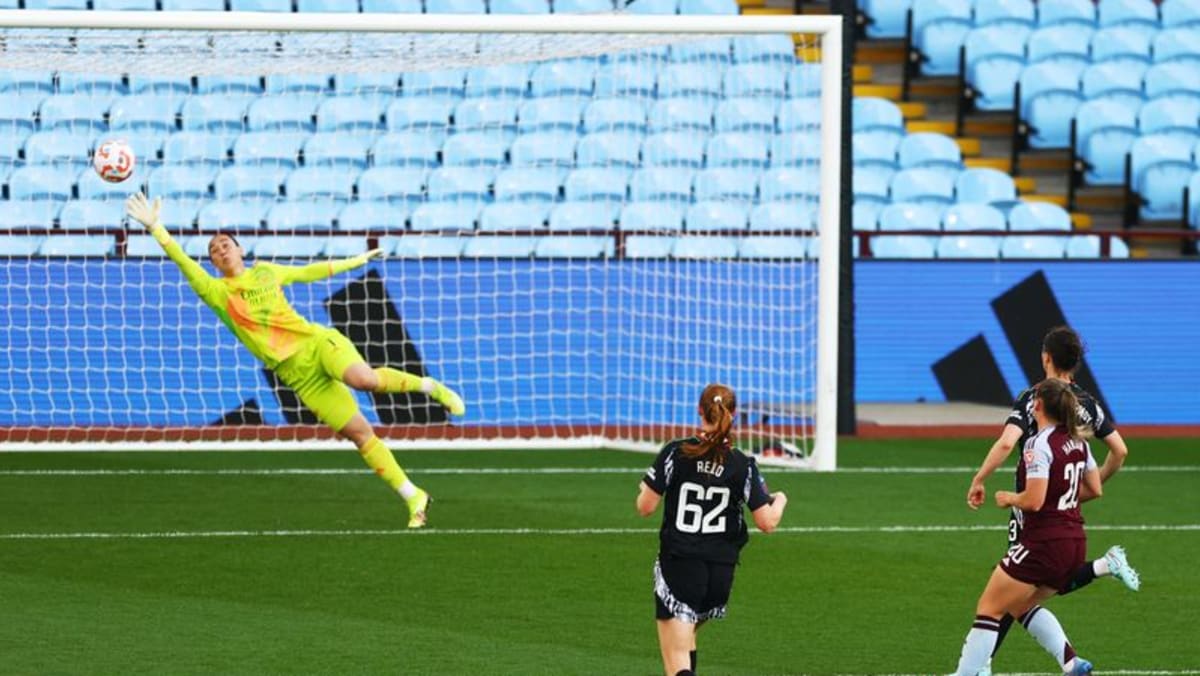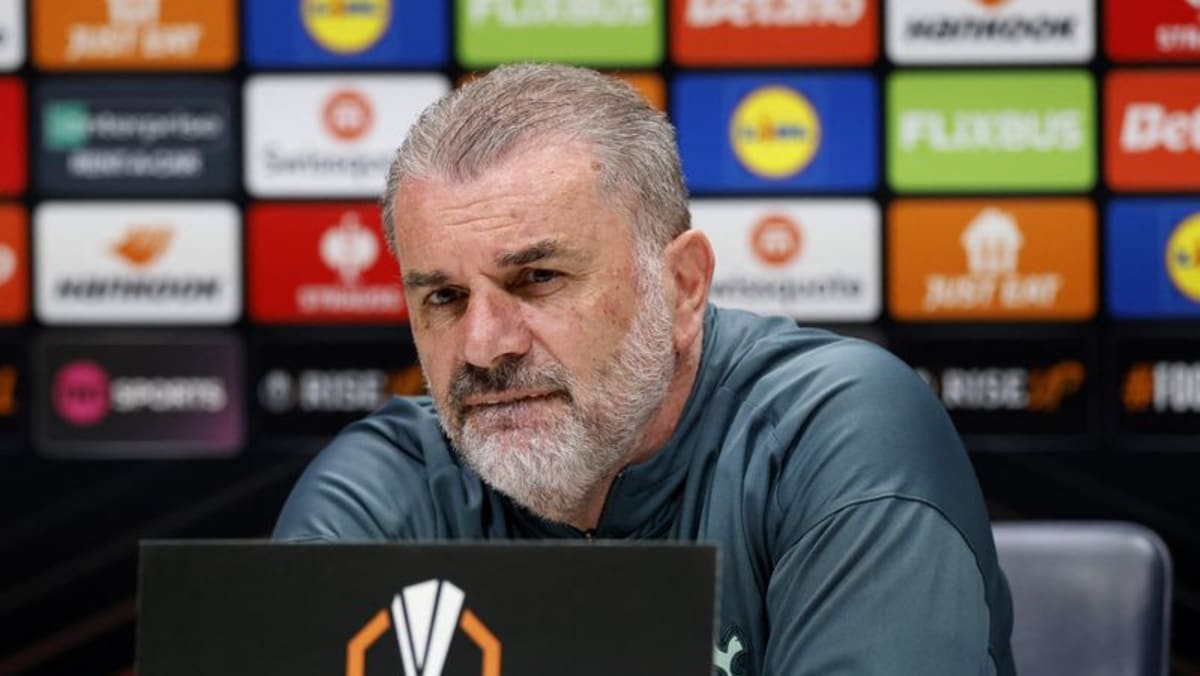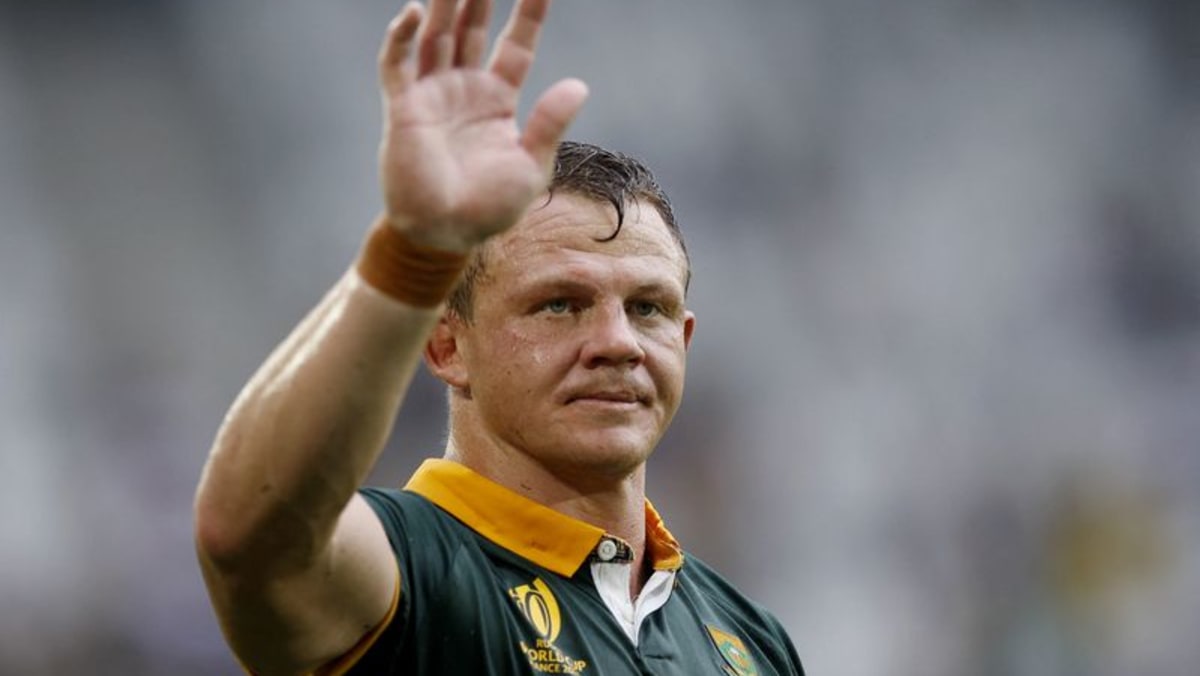MELBOURNE :Australian motor sport endured tough years through the depths of COVID-19 but is now positioning for growth as it catches the tailwind of Oscar Piastri’s success in Formula One.
Melbourne native Piastri helped McLaren win last year’s constructors’ championship with teammate Lando Norris and is now favourite to win a maiden drivers’ title after back-to-back wins in the Middle East.
Piastri’s blistering start has thrilled his home nation but some of the biggest cheers may be heard at the offices of governing body Motorsport Australia (MA).
“It’s transformational. If Oscar, through his work and capability and talent, wins the Formula One world championship this year, it will be hugely significant for motor sport in Australia,” MA CEO Sunil Vohra told Reuters on Thursday.
“Because the kids are interested in motor sport, because they know about it, they see what Oscar is doing, they read the headlines … having Oscar on the grid in Formula One is enormously beneficial to that.”
MA, which runs events and develops driver pathways from grassroots to elite levels, recorded a slender surplus of A$16,712 ($10,727) for the 2024 calendar year in its financial report released on Thursday, a big turnaround from the previous year’s net deficit of A$1,060,928.
While the improved result is less about Piastri and more about a mix of cost-cutting and better financial management, Vohra says MA is positioned for growth as the 24-year-old’s rising profile drives engagement and participation rates.
“There is a direct correlation to the success of Australians on the international stage with awareness and interest uplift in the broader motor sport community,” Vohra said.
“We see it play out through our development programmes like our ‘Come and Try’ programmes which are often oversubscribed through our clubs, and that’s across all disciplines.
“(Oscar) is a product of motor sport in Australia, and he shows what is possible from the Australian system, from karting to four-wheel, all the way through to the global stage.
“He’s an extraordinary asset in that regard. And yes, we are already priming ourselves for how we can help that increased interest be translated into engaging and participating.”
Motor sports at various levels enjoy healthy fan-bases in Australia but running them is costly and vulnerable to economic shocks.
Insurance costs have soared in recent years while inflation has made it harder for enthusiasts to afford the fees for club memberships and competition licences.
U.S. President Donald Trump’s tariffs agenda has stoked fears inflation could ramp up again in Australia after retreating to within target range in recent months.
As much of MA’s business is powered by amateur drivers who go out and race every weekend, the non-profit organisation’s remit is to keep things as affordable and inclusive as possible.
“That environment is certainly influenced and impacted by the inflationary environment and confidence environment in Australia, in terms of the economic conditions,” Vohra said.
“Hopefully we can still protect and insulate (participants) to some extent, regardless of some of those external, international factors that we’re seeing play out.”
Bringing more women into motor sport, a domain traditionally dominated by male participants and fans, may be part of the answer.
It’s a big focus for MA, an enthusiastic backer of Susie Wolff’s FIA “Girls on Track” initiative.
Vohra says more than 3,500 girls in Australia have gone through the programme, which offers workshops and activities to encourage girls to consider STEM (science, technology, engineering and maths) subjects and pathways into motor sport careers.
The programmes are often over-subscribed and interest has been boosted by two Australian drivers – Aiva Anagnostiadis and Joanne Ciconte – competing in the all-female F1 Academy series led by Wolff.
“It just shows the pathways that are possible, even to the elite level for girls who want to drive, as well as girls who want to get involved in sport,” Vohra said.
($1 = 1.5579 Australian dollars)
